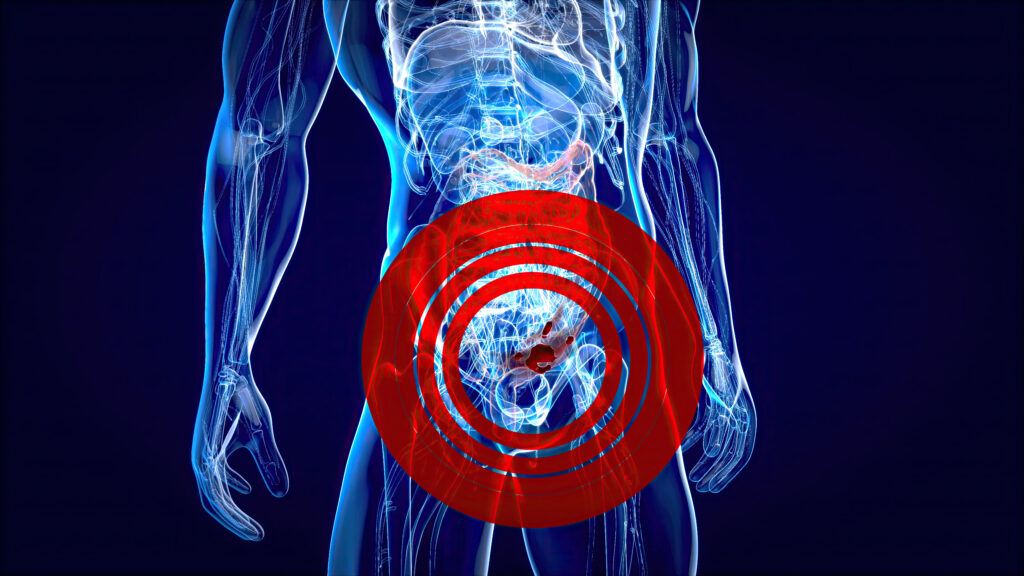Sensitivity of a blood ctDNA-based multimodal test for the detection of advanced colorectal neoplasms
Colorectal cancer is one of the leading causes of cancer-related deaths worldwide, and early detection is crucial for improving survival rates. Traditional noninvasive screening methods like fecal immunochemical tests (FITs) have been widely used for their simplicity and effectiveness in detecting blood in the stool, which can indicate CRC or advanced adenomas (precursors to cancer). However, FITs and other noninvasive tests like fecal DNA tests or colonoscopy have limitations, including variable sensitivity, the need for stool collection, and the invasiveness and preparation required for colonoscopy. As a result, there’s a significant interest in developing more convenient, noninvasive tests with high accuracy for detecting CRC and its precursors. The study by Bessa et al. focuses on a blood-based assay that uses circulating tumor DNA (ctDNA) as a biomarker for CRC. ctDNA consists of small DNA fragments that tumor cells shed into the bloodstream. The multimodal ctDNA-based assay mentioned integrates various analytical approaches:
1. **Genomics**: Analyzing the genetic mutations and alterations in the ctDNA that are known to be associated with CRC.
2. **Epigenomics**: Studying the epigenetic changes, such as DNA methylation patterns, often occurring in cancer cells.
3. **Fragmentomics**: Looking at the size and amount of ctDNA fragments, as cancer cells tend to shed DNA into the bloodstream differently compared to normal cells.
4. **Proteomics**: Examining the protein markers in the blood that may indicate cancer.
By combining these methods, the assay aims to increase the accuracy of CRC detection. The integration of multiple data types could help to overcome the limitations of individual biomarkers and improve the sensitivity and specificity of CRC screening. If such an assay can achieve high accuracy and be easily implemented into routine medical care, it could revolutionize CRC screening by providing a more convenient option for patients, potentially increasing screening uptake and earlier detection of CRC and precursors. This could lead to better outcomes and reduced mortality from CRC. However, before such an assay can be widely adopted, it must undergo rigorous validation through clinical trials to confirm its diagnostic accuracy and cost-effectiveness compared to existing screening methods. It’s also important to consider how the test will be integrated into current medical practice, including how positive results will be followed up, as a blood test that indicates potential CRC will likely still require a confirmatory colonoscopy. Pic freepiK, source: https://www.annalsofoncology.org/article/S0923-7534(24)00019-X/fulltext?rss=yes



